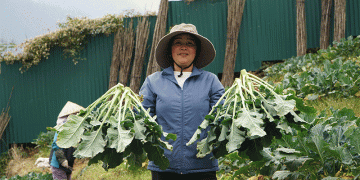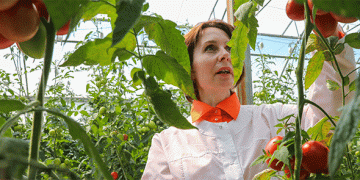#PlantDiseaseControl #FungicideResistance #SanitationPractices #BotrytisPrevention #CropProductivity
Gray mold, caused by the fungus Botrytis cinerea, is a devastating plant disease that affects a wide range of crops, including fruits, vegetables, flowers, and ornamentals. This disease can lead to significant losses in yield and quality, and can be particularly challenging to manage in humid or damp conditions. In this article, we will explore the development of gray mold, its consequences, and effective strategies for controlling and preventing its spread.
Development of Gray Mold
Gray mold develops when Botrytis cinerea infects a plant through a wound, a natural opening, or by direct penetration of the cuticle. The fungus then colonizes the plant tissue and produces a large number of spores that are spread by air currents, water, or contact. Gray mold can infect plants at any stage of growth, and it can survive for long periods of time in plant debris or in the soil.
Consequences of Gray Mold
Gray mold can cause a range of symptoms in plants, including soft rot, wilting, and fruit rot. In fruits and vegetables, gray mold can lead to significant losses in yield and quality, making them unmarketable. In flowers and ornamentals, gray mold can cause aesthetic damage, reducing their value and marketability. Additionally, gray mold can make plants more susceptible to other diseases and pests, further reducing their overall health and productivity.
Effective Strategies for Controlling Gray Mold
Preventing the development and spread of gray mold is key to controlling its impact on crops. Effective strategies include proper sanitation practices, such as removing infected plant material and keeping the growing area clean and dry. Additionally, reducing humidity levels and improving air circulation can help prevent the development of gray mold. Fungicides can also be effective in controlling gray mold, but they should be used in a targeted and integrated manner to avoid resistance.
Gray mold caused by Botrytis cinerea is a serious plant disease that can have significant consequences for crop production and quality. Understanding the development and spread of gray mold, as well as effective strategies for prevention and control, is essential for maintaining the health and productivity of plants.































